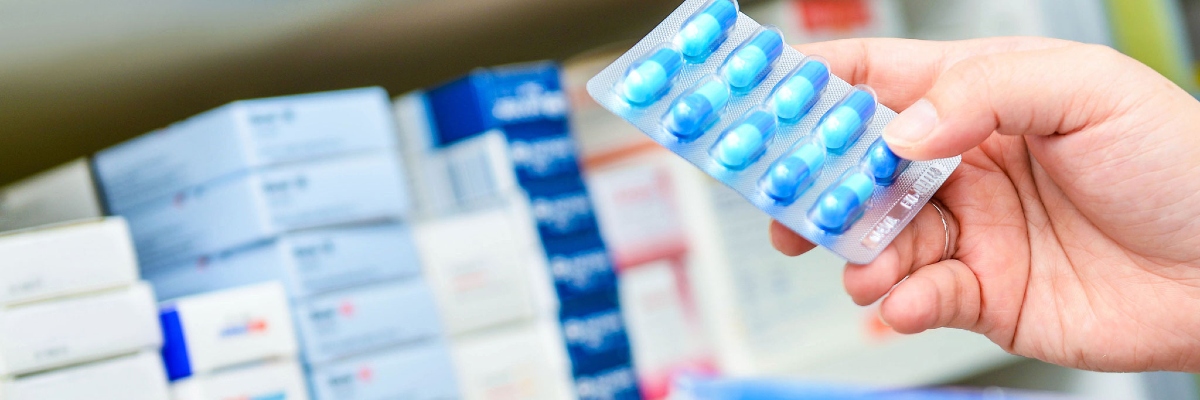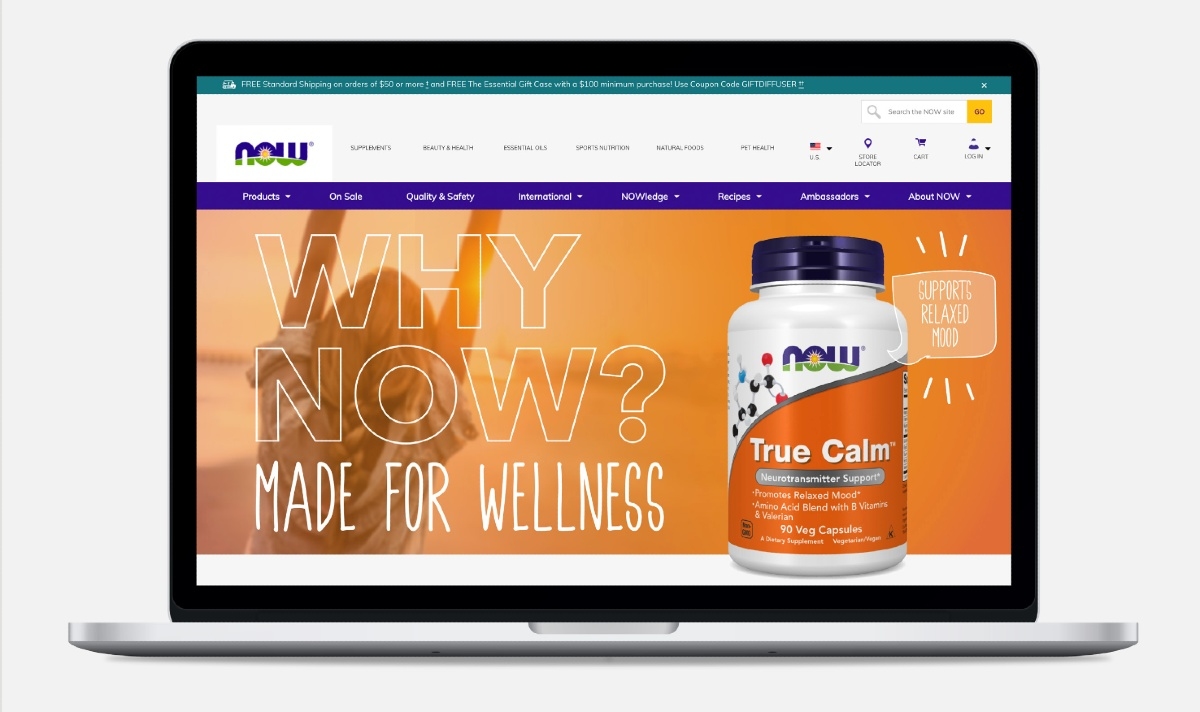For brands that fall within the umbrella of the life sciences sector, like pharmaceutical and medical device companies, managing packaging artwork and labels is a constant challenge.
Because these brands sell products that are aimed at helping their consumers stay healthy—and in some instances, can be the difference between life and death—the packaging information needs to be correct and in line with strict regulations.
Today, we’ll be breaking down some of the guidelines that life sciences brands must consider. We’ll also discuss how upgrading their packaging and artwork management can save time, money, and help avoid breaking these regulations.
Life Sciences Packaging: Rules and Regulations
One recent regulation that has disrupted the life science industry is the medical device regulation (MDR) for medical devices in the European Union. Due to the population growing older and the introduction of new technologies to the industry, the European Union needed to update their medical device regulations.
Compared to the Medical Devices Directive (MDD), its predecessor, MDR focuses less on the pre-approval stage of medical device manufacturing and more on a lifecycle approach to medical device regulation. So, while MDD would tell companies how to market, MDR encourages procedures and processes for improving every area of the product lifecycle.
For medical device packaging, there are some important changes to note—you can read about a few of them here. For example, there are specific symbols that now have to be present on packaging, such as a crossed-out box for “do not use if the package is damaged” and an umbrella with raindrops for “keep this package dry.”
MDR is far from the only regulation that life science brands must abide by when it comes to their packaging artwork and label processes. There is, of course, the Food and Drug Administration (FDA), which can order recalls based on labeling and packaging artwork errors.
GS1 Standards are also important to follow—especially for global life sciences brands. The main purpose of these rules is to ensure that product information is not only consistent across the globe, but accessible too (i.e., barcodes).
CFR Part 11 (U.S.) and Annex 11 (European Union) are two more regulations; both concerned with electronic records and signatures. Failure to comply with CFR Part 11 can result in legal ramifications. While companies are not legally required to follow Annex 11, it is strongly recommended that they do so.
So, with all these guidelines and regulations to follow, how can life sciences companies make sure their products go to market efficiently without breaking any rules?
The key is to create a system of streamlined, defined workflows within packaging processes. This will allow companies to respond to the growing complexity of label and artwork regulations for packaging quickly.
Here’s how they can do just that:
How Life Sciences Companies Can Create a Streamlined, Compliant Packaging Artwork Process
A Visible, Digital Process to Prevent Errors
Manual processes—combined with verbal communication and emails that will inevitably get lost—do not include any formal reporting structure for regulatory requirements. As a result, they can lead to costly errors and mistakes.
However, by going digital with processes, packaging teams can review and annotate any given artwork or label file. This allows for information to be collected into a database—otherwise known as an audit trail. With a digital and visible process, there is accountability and transparency for when and where errors occurred.
Create Agility in the Process of Updating Packaging Artwork
Using tools like WebCenter, life sciences companies can create more flexibility when it comes to their artwork and labeling processes. As more and more regulations come forward with greater complexity, it is important that brands can adapt quickly.
WebCenter, a workflow management tool from Esko, seamlessly guides teams through the entire packaging process—from content creation to distribution. Defined workflows help to create stricter approval cycles and ensure that due dates are not missed. WebCenter can also create a full audit trail and help companies avoid those costly human errors.
Improve Quality Through Inspection and Proofing
Brands that have implemented concrete steps for inspecting their packaging and proofing for accuracy and compliance are best suited for continual industry regulations.
Comparing, verifying, and inspecting artwork is a key part of improving quality. Proofing tools can simplify this process through automatic quality checks during every stage.
Text inspection software, PDF spellcheck, artwork inspection software, braille and barcode inspection should all be considered as well. All of these proofing and inspection tools can help reduce quality errors early on. And, the earlier companies can catch mistakes, the better off they’ll be when it comes to regulatory compliance.
Contact Esko to Learn More about the Tools for Life Sciences Compliance
Interested in learning more about how WebCenter can help life sciences companies be confident they are producing high-quality packaging labels and artwork?
Then reach out to Esko today or, if you’re interested in a WebCenter demo, you can fill out this brief form! When you team up with Esko, you’re not just getting a vendor; you’re getting a partnership.










